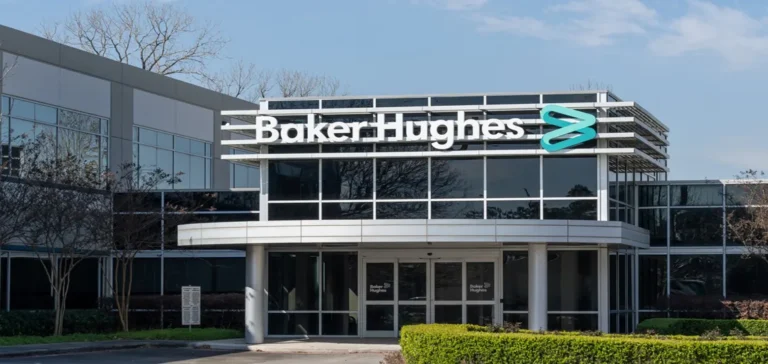The second quarter was marked by the release of Baker Hughes Company’s financial results, which showed revenue of $6.91 bn, a 3% decrease year-on-year. Attributable net income reached $701 mn, representing a 21% increase compared to the same period last year, while adjusted EBITDA rose by 7% to $1,212 mn. The company also generated $510 mn in operating cash flow and $239 mn in free cash flow.
Portfolio optimization and strategic transactions
During the quarter, Baker Hughes initiated three major transactions as part of its portfolio optimization strategy. The company signed a joint venture agreement with a subsidiary of Cactus, Inc., contributing its Surface Pressure Control business for approximately $345 mn, while retaining a minority stake. Simultaneously, the sale of the Precision Sensors & Instrumentation division to Crane Company generated $1.15 bn. The acquisition of Continental Disc Corporation for $540 mn aims to strengthen the company’s position in the pressure and flow control industrial market.
Total orders for the quarter amounted to $7.03 bn, including $3.53 bn for the Industrial & Energy Technology (IET) segment, establishing a record backlog of $31.3 bn for this division. Data center activities were supported by over $550 mn in new orders, despite the absence of large LNG contracts.
Business momentum and major contracts
Baker Hughes continued to diversify its operations internationally, with significant contracts awarded in the Middle East, Europe, and Africa. Notable projects include the supply of NovaLT™ turbines for data center infrastructure and pipelines, as well as long-term maintenance agreements, notably with Belayim Petroleum Company in Egypt and Oman LNG.
The Oilfield Services & Equipment (OFSE) division recorded revenue of $3.62 bn, down 10% year-on-year. However, the segment’s EBITDA margin stood at 18.7%, reflecting active cost management and improved productivity. OFSE orders reached $3.5 bn, up 7% from the previous quarter.
Shareholder returns and outlook
In terms of shareholder returns, Baker Hughes returned $423 mn, including $196 mn in share repurchases. The company also raised its annual guidance for the IET division, forecasting revenue and EBITDA growth, while reaffirming its capital reallocation strategy towards higher-margin activities.
The company highlighted the progress of its industrial roadmap, supported by an expanding pipeline of projects in gas technologies, maintenance services, and the digitalization of oil and gas production. This positioning reflects Baker Hughes’ ability to maintain solid operational performance despite volatility in some segments.






















